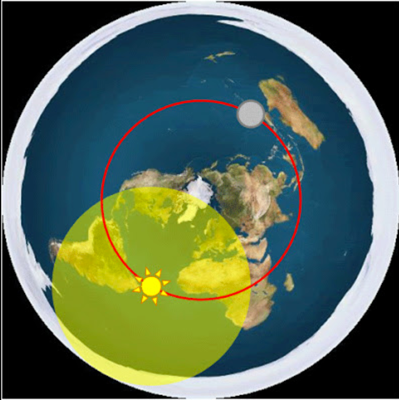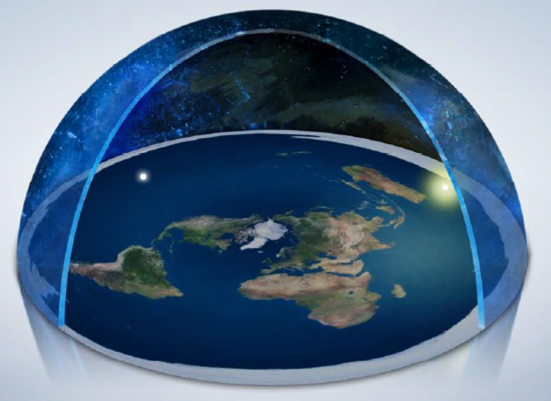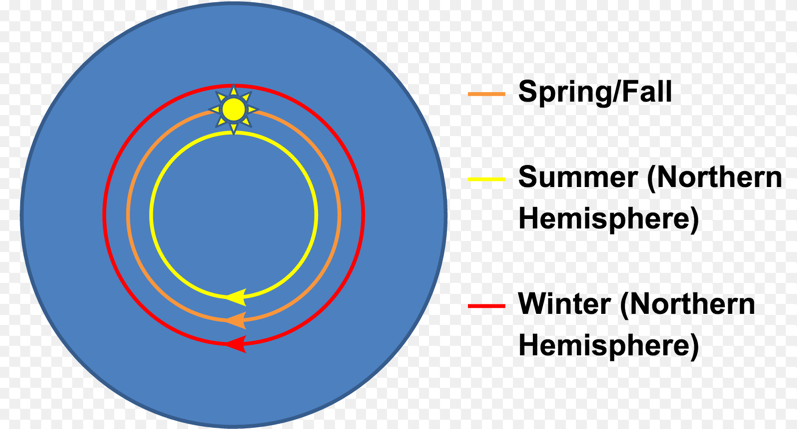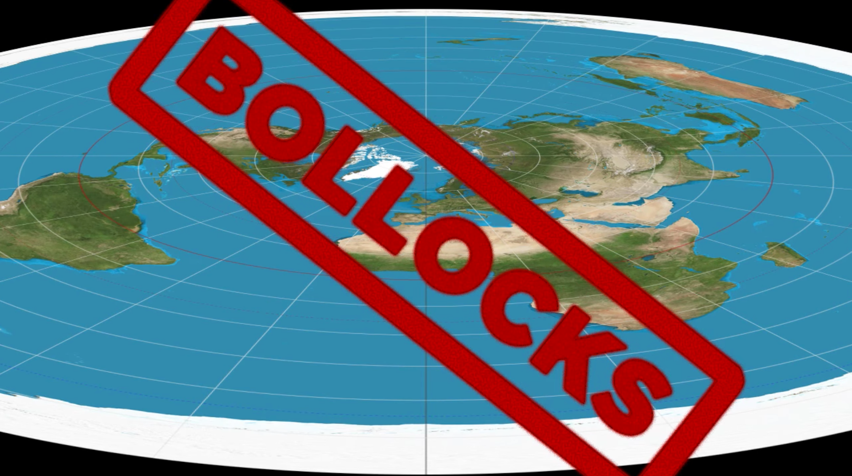Flat Earth NOT - Taking Parallax off the table as a flat Earth talking point
Taking Parallax off the table as a flat Earth talking point
The Gaia satellite launched by the European Space Agency in 2013, has now measured the parallax of over 1-billion stars.
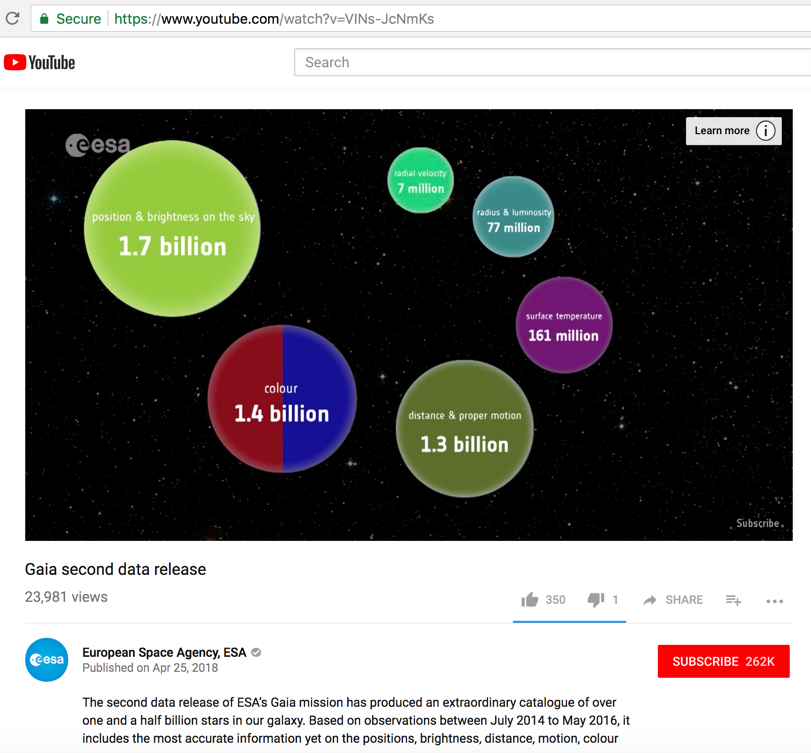
Address to above = https://www.youtube.com/watch?v=VINs-JcNmKs
- -

Address to above = https://www.youtube.com/watch?time_continue=42&v=KyQdK56Qee0
Gaia Data Release 2 Papers
https://www.cosmos.esa.int/web/gaia/dr2-papers
Gaia Data Release 2: Using Gaia parallaxes
https://www.aanda.org/articles/aa/pdf/forth/aa32964-18.pdf
- -
So the old flat Earth assertion that parallax (a true indication that the earth is orbiting the Sun) could not be measured, - is FALSE and completely out the window.
So please flat Earth people, get an education and come to your senses, and stop your misinformation and fake news about our the Heliocentric Sun / Earth / Planets system.
What is stellar parallax?
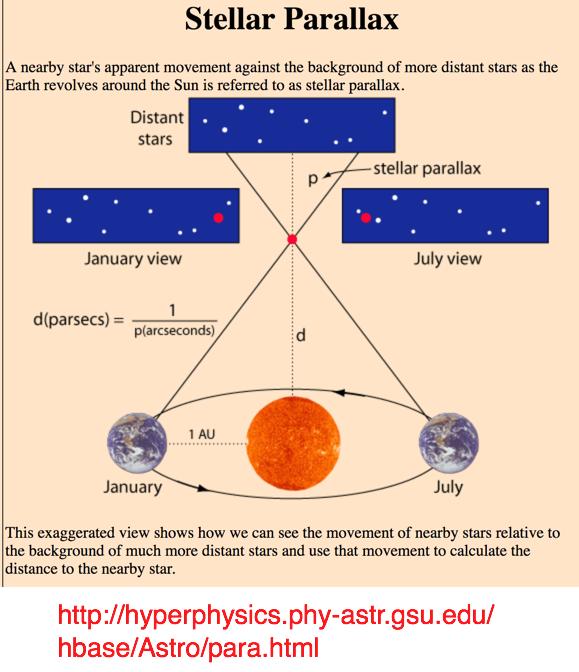
Stellar parallax is the apparent shift of position of any nearby star (or other object) against the background of distant objects. Created by the different orbital positions of Earth, the extremely small observed shift is largest at time intervals of about six months, when Earth arrives at exactly opposite sides of the Sun in its orbit, giving a baseline distance of about two astronomical units between observations. The parallax itself is considered to be half of this maximum, about equivalent to the observational shift that would occur due to the different positions of Earth and the Sun, a baseline of one astronomical unit (AU).
Hipparchus (190 BCE - 120 BCE) tried to measure the parallax but he could not observe any visible effect.

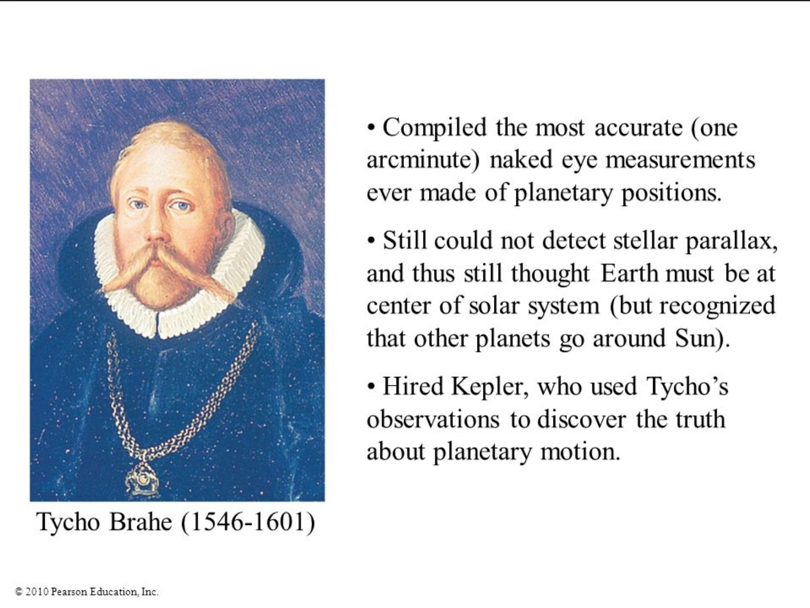
- -
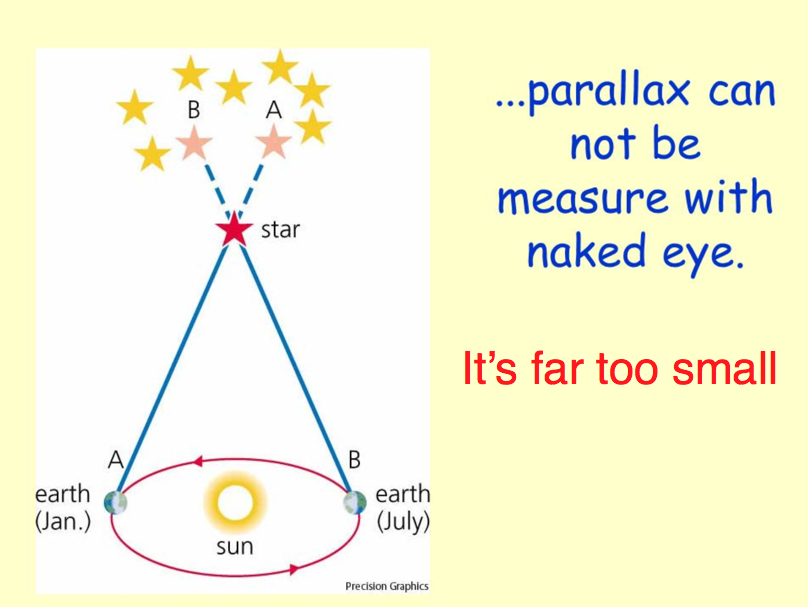
Stars in the sky appear in to be in patterns, but the reality is that some stars are much farther away from us than other star - but their angular dimension shows then in proximity to one another.
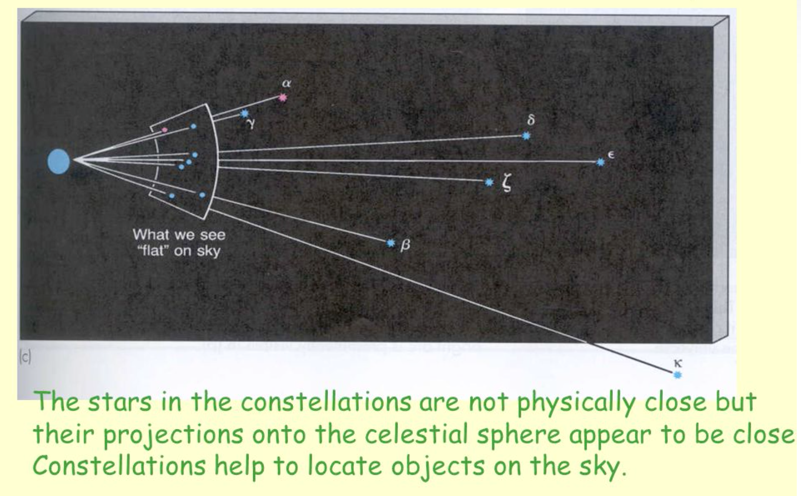
- -
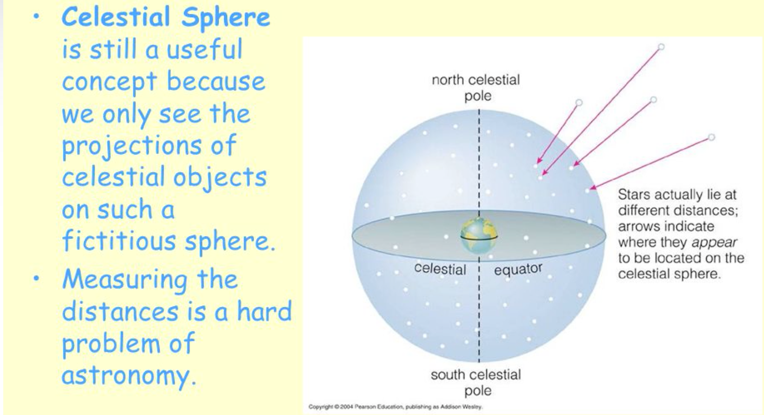
Stellar parallax is so difficult to detect that its existence was the subject of much debate in astronomy for thousands of years.
No one in Galileo's time or for almost 200 years after his death was able to demonstrate this necessary effect of earth's motion around the sun.
It was first observed by Giuseppe Calandrelli who reported parallax in α-Lyrae in his work "Osservazione e riflessione sulla parallasse annua dall’alfa della Lira.
Then in 1838 Friedrich Bessel made the first successful parallax measurement ever, for the star 61 Cygni, using a Fraunhofer heliometer at Königsberg Observatory.
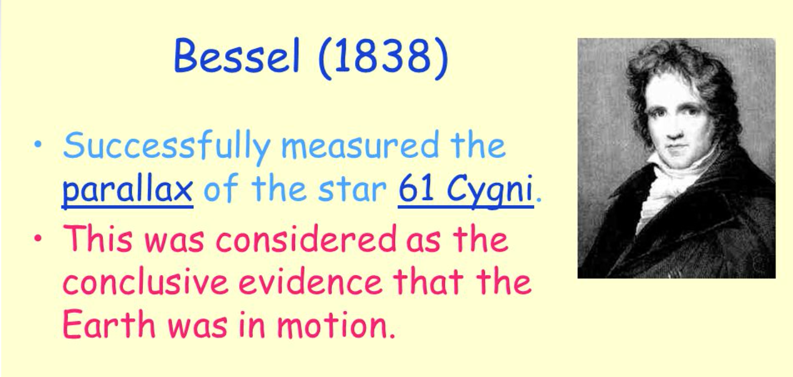
Once a star's parallax is known, its distance from Earth can be computed trigonometrically. But the more distant an object is, the smaller its parallax. Even with 21st-century techniques in astrometry, the limits of accurate measurement make distances farther away than about 100 parsecs (roughly 326 light years) too approximate to be useful when obtained by this technique.
This limits the applicability of parallax as a measurement of distance to objects that are relatively close on a galactic scale. Other techniques, such as spectral red-shift, are required to measure the distance of more remote objects.
Stellar parallax measures are given in the tiny units of arc seconds, or even in thousandths of arc seconds (milli arc-seconds).
Flat earth advocate, Samuel Birley Rowbotham (1816–1884) was an English inventor and writer who wrote Zetetic Astronomy: Earth Not a Globe under the pseudonym "Parallax"
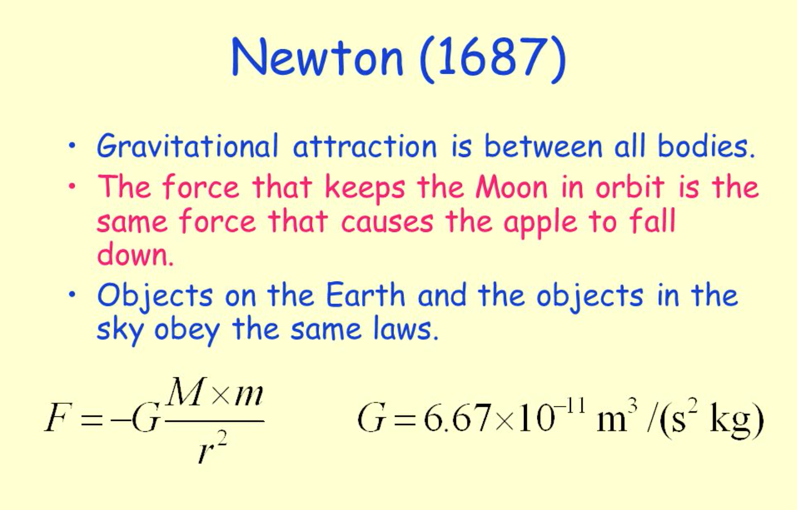
- -
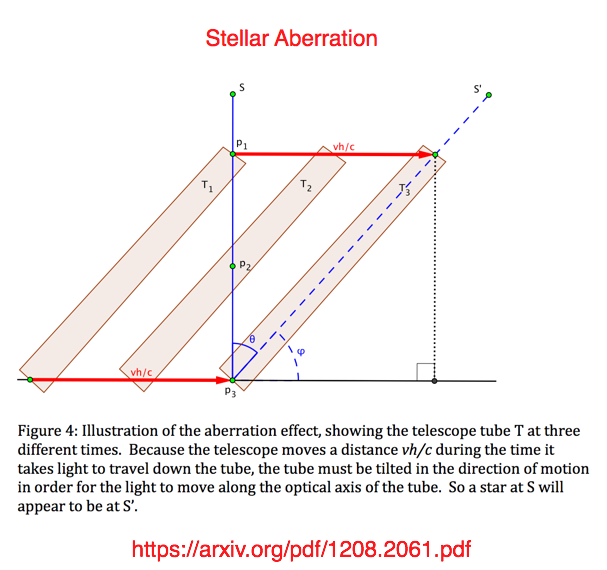
In 1729, James Bradley, while searching for the elusive stellar parallax, detected motion of the stars over the course of the year which did not fit the pattern of stellar parallax. He had discovered stellar aberration, which is also related to the motion of the earth.
- -
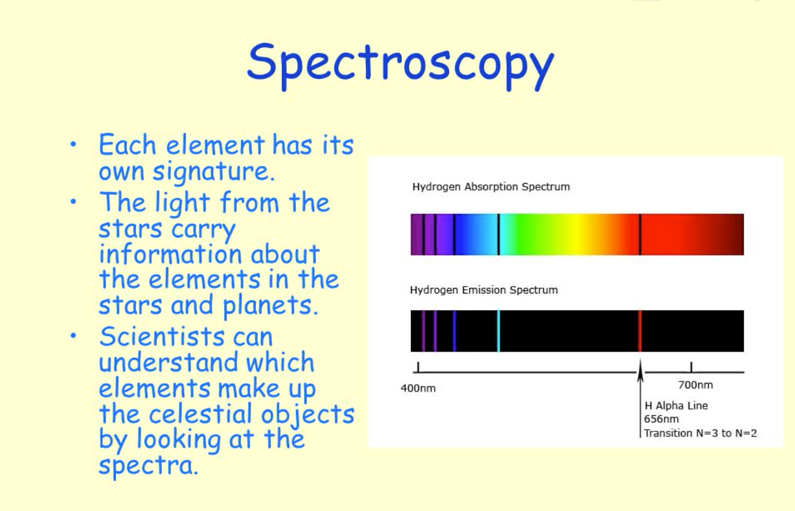
- -
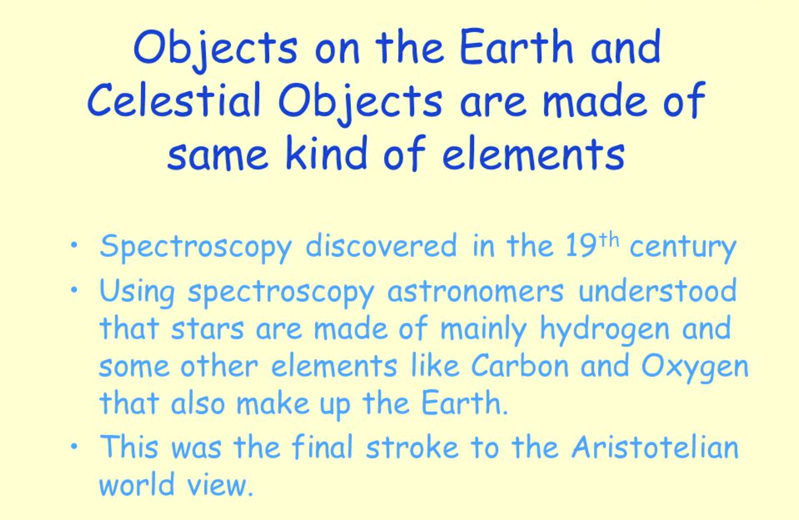
To measure parallax with Hubble, Professor Riess and co-authors had to gauge the apparent tiny wobble of the Cepheid's due to Earth’s motion around the Sun. These wobbles are the size of just 1/100 of a single pixel on the telescope’s camera, which is roughly the apparent size of a grain of sand seen 100 miles away.
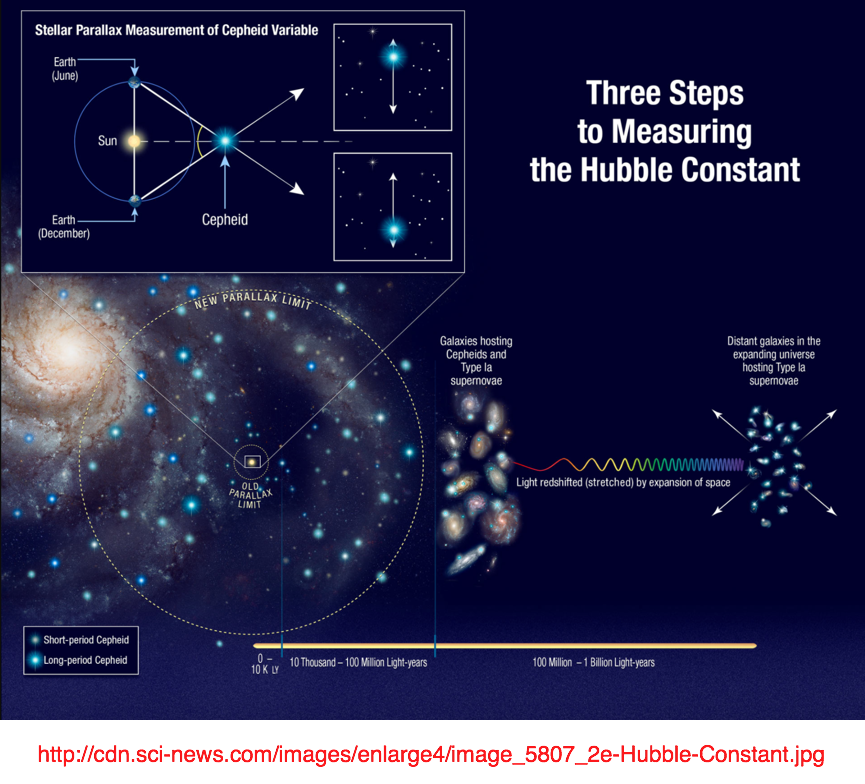
That Hubble news articles here...
http://www.sci-news.com/astronomy/hubble-universe-expansion-05807.html
- -
An artistic representation of the Gaia space craft...
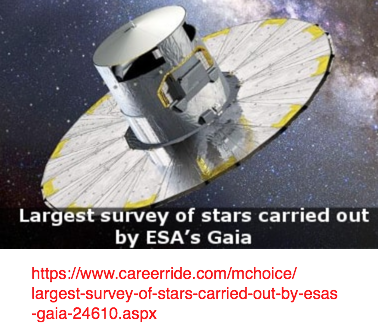
Gaia is a space observatory of the European Space Agency (ESA) designed for astrometry: measuring the positions and distances of stars with unprecedented precision.Gaia contains two optical telescopes that work with three science instruments to precisely determine the location of stars and their velocities, and to split their light into a spectrum for analysis.
Gaia is mapping the stars from an orbit around the Sun, at a distance of 1.5 million km beyond Earth’s orbit. This special location, known as the L2 Lagrangian point, keeps pace with Earth as we orbit the Sun.
Gaia already has:
Determine the position, parallax, and annual proper motion of 1-billion stars with an accuracy of about 20 micro arc-seconds (µas) at 15 mag.
The distance to about 20 million stars has thus be measured with a precision of 1% or better, and about 200 million distances will be measured to better than 10%. Distances accurate to 10% will be achieved as far away as the Galactic Center, 30,000 light-years away.
Temperature estimates for bright stars, a number of light curves and information on over 10,000 pre-selected asteroids.
Red and blue photometric data for about 1.1 billion starsSingle color photometry for an additional 400 million starsRadial velocity measurements for about 6 million stars....and other data.
-
Update: June 14, 2020
New Horizons is so Far From Earth That the Positions of the Stars Look a Little Different From its Perspective, by Matt Willimans at universetoday.com
https://www.universetoday.com/145888/new-horizons-is-so-far-from-earth-that-the-positions-of-the-stars-look-a-little-different-from-its-perspective/
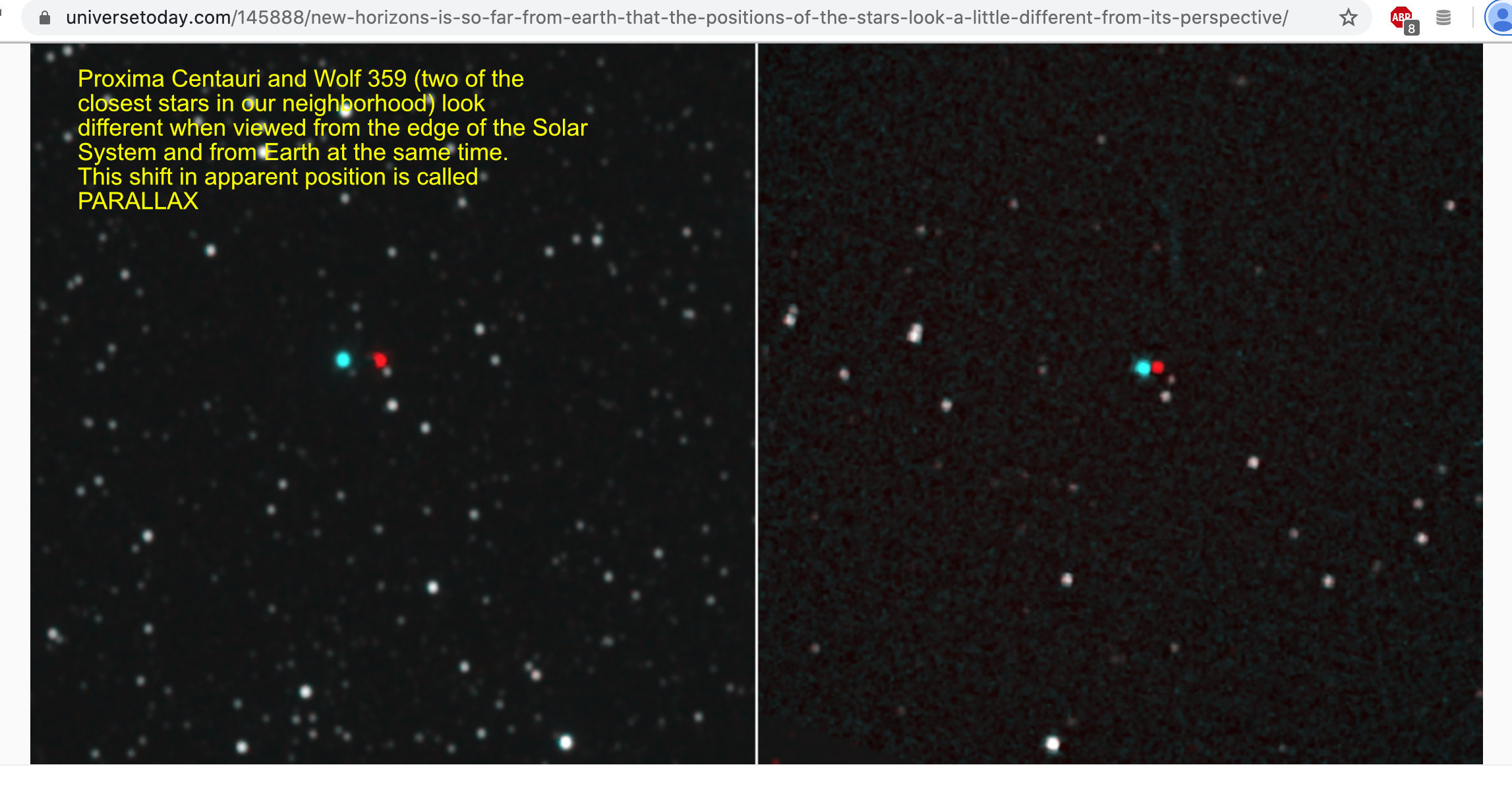
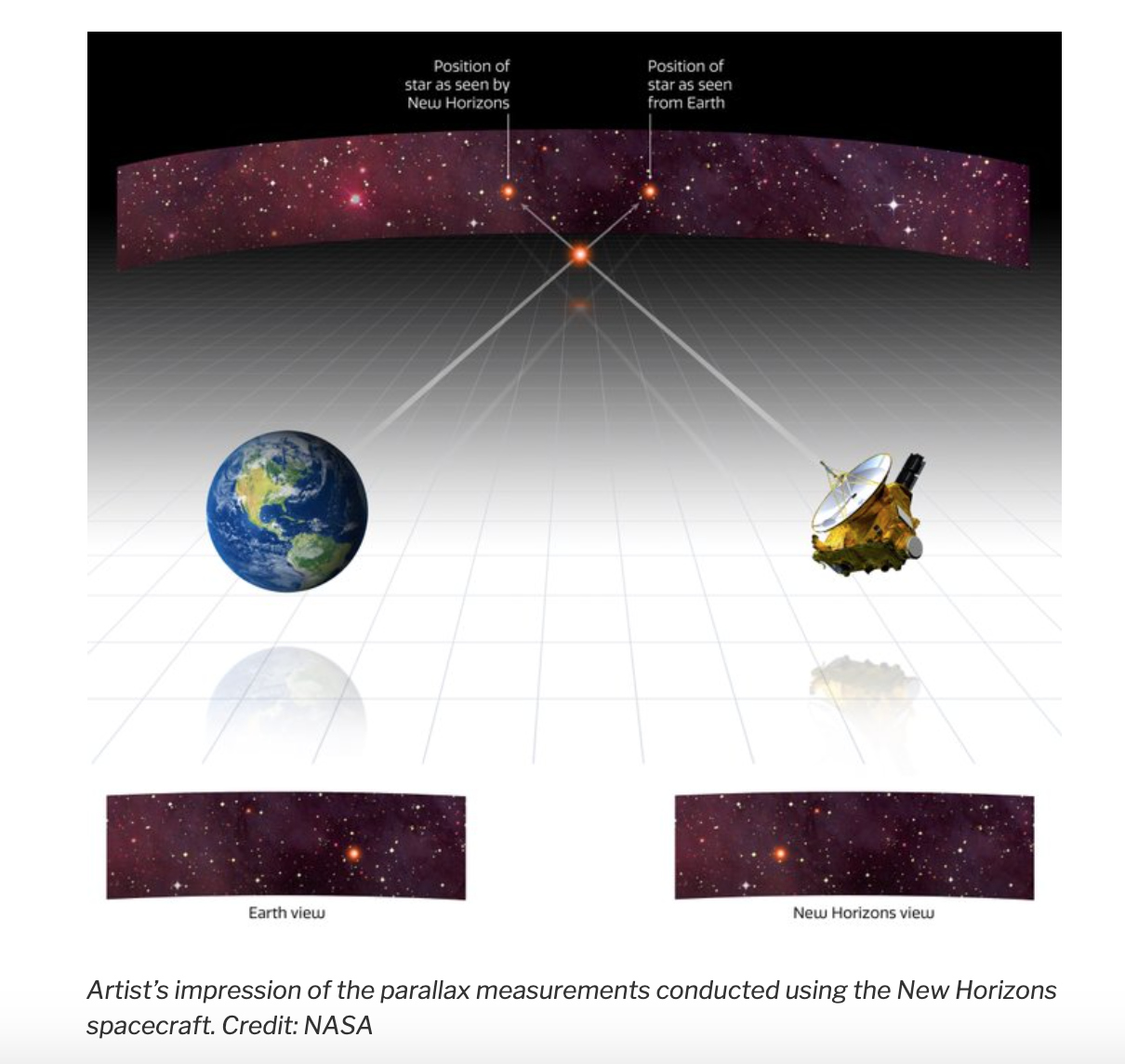
Excerpt:
For example, we here on Earth are used to thinking that the positions of the stars are “fixed”. In a sense, they are, since their positions and motions are relatively uniform when seen from our perspective. But a recent experiment conducted by the New Horizons team shows how familiar stars like Proxima Centauri and Wolf 359 (two of the closest stars in our neighbors) look different when viewed from the edge of the Solar System.
Located in the constellation Leo, Wolf 359 is an M-type (red dwarf) star that is roughly 7.9 light-years from Earth. It can be found close to the same path the Sun follows through the sky (the ecliptic), but can only be seen with a telescope. And if you’re a Trekkie, you might recognize the name since it was where that major battle with the Borg took place (don’t act like you don’t know!)...
...
This technique involves measuring the relative positions of stars from two different locations to detect any possible shift with respect to more distant objects. For almost two centuries, astronomers have used this technique to measure the distance to nearby stars. Traditionally, astronomers have relied on Earth’s own orbital motion to determine these distances.
Since Earth’s orbit is about 300 million km (186 million mi) in diameter, its vantage point changes considerably in the course of a year. But with greater distances and Earth’s orbit as a “baseline”, astronomers can conduct greater parallax measurements. Given its current distance from Earth, the New Horizons mission team and NASA have decided to do this very thing, and invited the public to participate...
(Please go to the URL listed above and read the entire article)
- - -
Update: December 3, 2020
Gaia: Most accurate data ever for nearly two billion stars, by Royal Astronomical Society, phys.org
Excerpt:
Today (3 December), an international team of astronomers announced the most detailed ever catalogue of the stars in a huge swathe of our Milky Way galaxy. The measurements of stellar positions, movement, brightness and colours are in the third early data release from the European Space Agency's Gaia space observatory, now publicly available. Initial findings include the first optical measurement of the acceleration of the Solar system. The data set, and early scientific discoveries, were presented at a special briefing hosted by the Royal Astronomical Society.
Launched in 2013, Gaia operates in an orbit around the so-called Lagrange 2 (L2) point, located 1.5 million kilometres behind the Earth in the direction away from the Sun. At L2 the gravitational forces between the Earth and Sun are balanced, so the spacecraft stays in a stable position, allowing long-term essentially unobstructed views of the sky.
The primary objective of Gaia is measure stellar distances using the parallax method. In this case astronomers use the observatory to continuously scan the sky, measuring the apparent change in the positions of stars over time, resulting from the Earth's movement around the Sun.
Knowing that tiny shift in the positions of stars allows their distances to be calculated. On Earth this is made more difficult by the blurring of the Earth's atmosphere, but in space the measurements are only limited by the optics of the telescope.
Two previous releases included the positions of 1.6 billion stars. This release brings the total to just under 2 billion stars, whose positions are significantly more accurate than in the earlier data. Gaia also tracks the changing brightness and positions of the stars over time across the line of sight (their so-called proper motion), and by splitting their light into spectra, measures how fast they are moving towards or away from the Sun and assesses their chemical composition.
The new data include exceptionally accurate measurements of the 300,000 stars within the closest 326 light years to the Sun. The researchers use these data to predict how the star background will change in the next 1.6 million years. They also confirm that the Solar system is accelerating in its orbit around the Galaxy.
This acceleration is gentle, and is what would be expected from a system in a circular orbit. Over a year the Sun accelerates towards the centre of the Galaxy by 7 mm per second, compared with its speed along its orbit of about 230 kilometres a second.
Gaia data additionally deconstruct the two largest companion galaxies to the Milky Way, the Small and Large Magellanic Clouds, allowing researchers to see their different stellar populations. A dramatic visualisation shows these subsets, and the bridge of stars between the two systems.
- - -
Update: January 26, 2022
Stellar Parallax, by Bob the Science Guy
https://www.youtube.com/watch?v=fJRtFHxngtI
How do we find the distance to the stars? Parallax is a variation on triangulations. In addition to parallax, we employ the slide rule and introduce the small angle approximation.
Take a moment and subscribe to my new channel 'ResearchFlatMoon' for my latest videos... https://www.youtube.com/channel/UCOHd...
Join our Discord Channel at https://discord.gg/QwcFct7DWc
- - -
Published on – March 17, 2018
Discussion at - https://www.youtube.com/channel/UC7ipUKERU0tzYFxALJBli4A/discussion
Our home page all articles - http://flatearthlunacy.com
kind regards, JonahTheScientist



